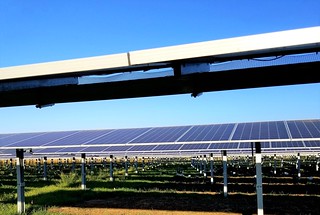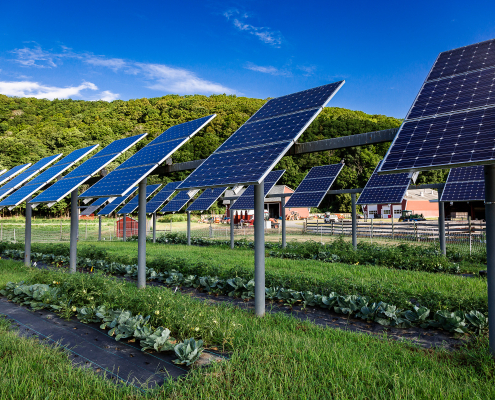
New Federal Solar Tax Credit Resources Available
The U.S. Department of Energy and the Solar Energy Technologies Office (SETO) have developed new resources to help Americans navigate changes in the solar Investment Tax Credit (ITC) that occurred after the passing of the Inflation Reduction…
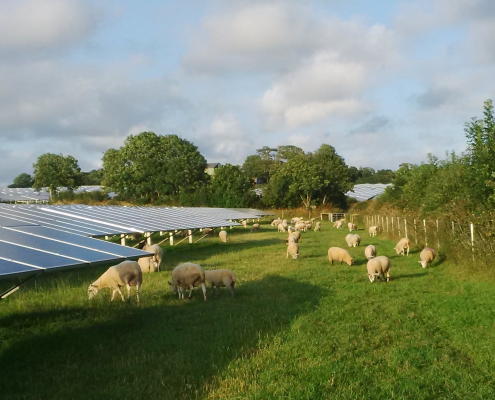
The International Landscape of Solar Farms and Agrivoltaics
Rebecca A. Efroymson, Environmental Scientist, Oak Ridge National Laboratory); and Jonathan M. O. Scurlock, Chief Adviser for Renewable Energy & Climate Change, National Farmers’ Union of England and Wales
Solar photovoltaic (PV) power,…
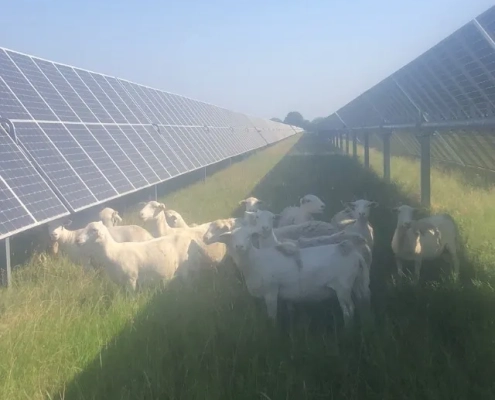
Case Study: Texas Solar Sheep
In partnership with Lightsource BP, Texas Solar Sheep grazes over 1,800 sheep on a solar site in Deport, Texas. These sheep are grazed in groups of 50 to 75, 250 to –270, and even 500, making Texas Solar Sheep one of the largest Agrisolar…
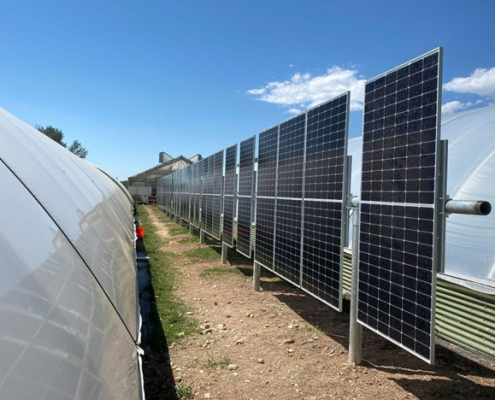
Case Study: Summit Plant Labs
Agriculture Type: Specialty greenhouse farming
Project Type: Small commercial net-metering agrivoltaic system
Project Size: 26.7kW-DC
Project Design: Solar fence structure, SolarEdge inverters, 72-cell bifacial solar panels
Location:…
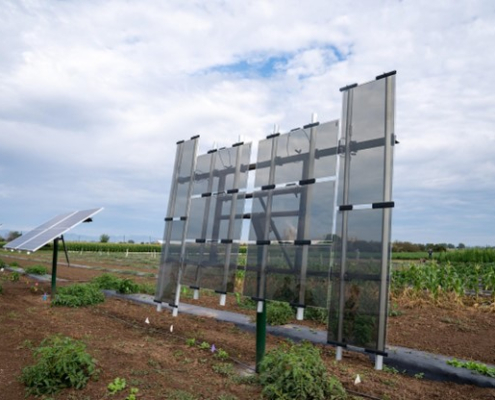
Case Study: Sandbox Solar Agrivoltaics Research Site at Colorado State University’s ARDEC South
All photos courtesy of Sandbox Solar
Agriculture Type: Specialty crop research farming
Project Type: Small commercial net metering agrivoltaic system
Project Size: 11.4kW-AC
Project Design: Solar pole mount structure, SolarEdge…
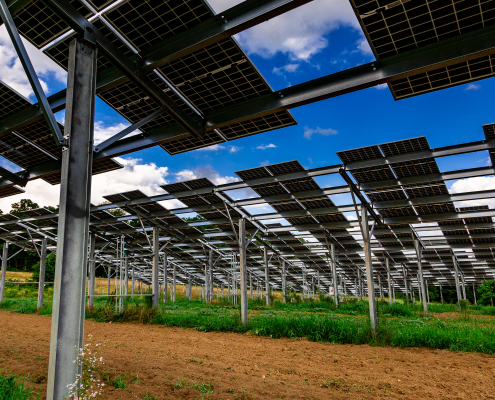
Case Study: Grafton Solar
At Grafton Solar, cattle are grazing nearby fields of squash and lettuce at the 150-year-old family operation known as Knowlton Farms. Located in Grafton, Massachusetts, this project is demonstrating how diverse agricultural production can be maintained underneath a 2MW community solar array + 1.4MW of battery energy storage.
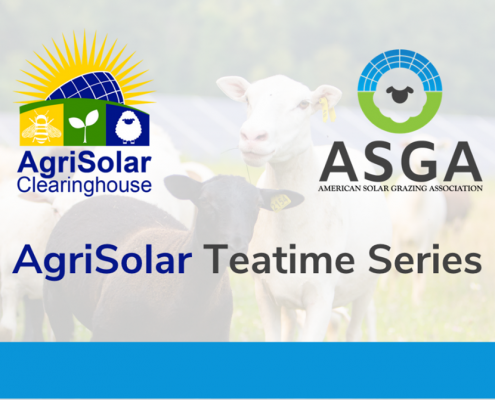
ASGA Teatime Replay: Planning Large-Scale Grazing with Jonathan Barter and Troy Bishopp
In August 2022, ASGA Board President Jonathan Barter and “The Grass Whisperer” Troy Bishopp joined us for a lively discussion on how to plan grazing management.
For their follow up, Jonathan and Troy led a discussion focused…

ASGA Teatime Replay: Opportunities of Targeted Grazing with John Walker, Texas A&M AgriLife
Dr. John Walker (TAMU AgriLife Research) and Haley Gosnell (who runs joined us to discuss the extensive practical targeted grazing knowledge he and his team have collected from graziers across the U.S. and Canada. John is a…
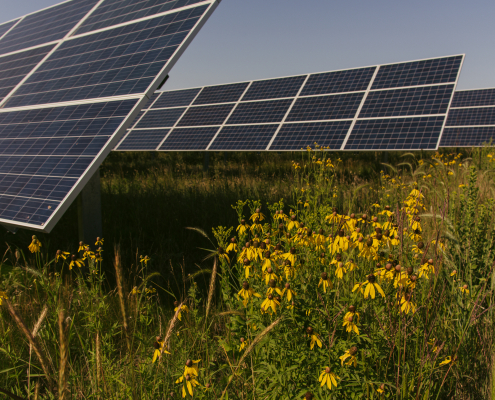
Case Study: ENEL Green Power’s Lake Pulaski
Lake Pulaski is an agrivoltaic solar power plant site developed by Enel Green Power that spans over 68.2 acres in Buffalo, Minnesota. This site is one of 16 developed for the Aurora Distributed Solar LLC project in 2017, supporting pollinators,…
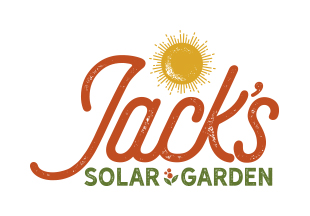
Watch: Agrivoltaics at Jack’s Solar Garden
Jack's Solar Garden's 2022 season caught on film by documentarian Chad Weber of Longmont, Colorado. Hear from our people, see the work that has been done, decide how the future of solar development on America's farmland.
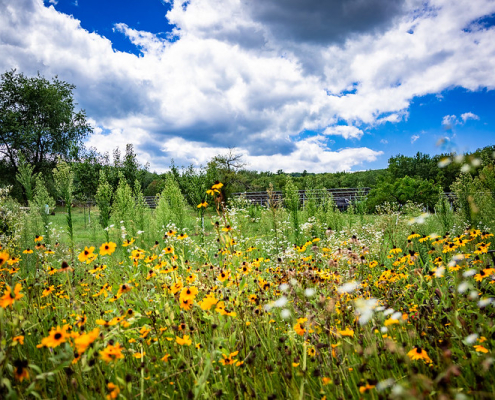
Case Study: Million Little Sunbeams
Million Little Sunbeams: Where tradition meets innovation.
Massachusetts’ first operational dual-use solar system took root in the town of Monson, where Nate and Ania Tassinari aspired to reinvigorate their 3rd generation family…

Case Study: Oregon’s Planet- and Pollinator-friendly Solar Site
As we continue to deploy clean energy across the United States, more attention is being paid to how best to develop clean energy projects at the pace and scale that the climate crisis requires, while also ensuring that we are taking care of the sites and communities that host those projects.

